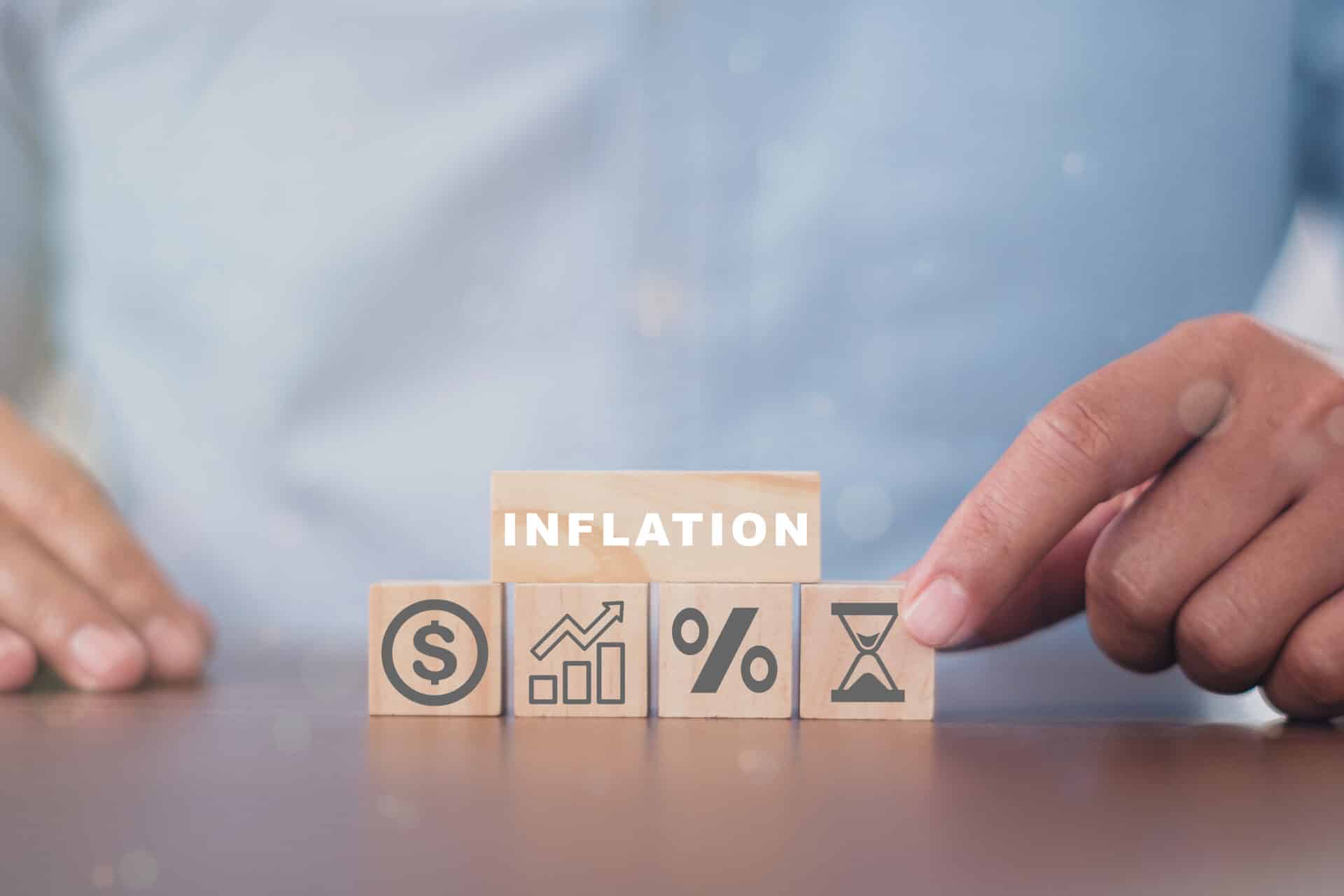THE DEFINITION OF INFLATION
Inflation describes the steady rise in the price level of an economy. The value of money thus decreases with inflation, and consumers receive fewer goods and services for the same amount. Inflation is therefore a continuous process. One-time price increases triggered by unusual events, such as strikes or crop failures, are not considered inflation.
Inflation means an increase in the quantity of money in circulation and the associated increase in the price level, while the total quantity of goods in the economy remains the same.
In general, inflation is best measured by a price index that reflects the increased price level, such as the consumer price index in Germany. The percentage increase in the price index within a given period is referred to as the inflation rate.
When the total supply of goods is matched by an inflated money supply, the condition of inflation is met. If the aggregate supply of goods cannot be increased in the short term, prices will rise and inflation will result. The price increases can trigger rising wages, which in turn leads to rising costs for companies. This in turn results in price increases for goods. The upward pressure on prices will be further reinforced by rising demand. The wage-price spiral is beginning to turn and accelerate. In such a wage-price spiral, consumers tend to spend their money as quickly as possible before new price increases lead to further losses in purchasing power. A flight into tangible assets is taking place.

What does inflation lead to?
Inflation also leads to a devaluation of savings, so that the population’s propensity to save declines. This behavior limits the ability of banks to lend to companies to finance investments. This in turn may lead to production cutbacks and thus higher unemployment.
Particularly affected by inflation are groups of people who cannot adjust their income to rising prices, such as pensioners and the unemployed. Therefore, fighting inflation is an important objective of any economic and social policy.
Thus, price stability is the mainstay of functioning markets. It is the prerequisite for the functioning of the price mechanism and thus crucial for economic growth and a high level of employment.
Now is the ideal window of opportunity to invest in bonds. Corporate bonds currently offer yields of over 7.10% p.a.
Arrange a callback from one of our experts now. We advise you free of charge & without obligation and find the best corporate bonds for you.
For investors with €100,000 or more
Free consultation & callback service
How Does the ECB Respond to Inflation?
The European Central Bank (ECB) once defined the inflation target as “below but close to 2 percent,” and more recently added in July 2021: “2 percent in the medium term.” However, the ECB does not want this 2 percent to be understood as an average figure, as is the case with the U.S. central bank, the Fed. Because that would mean that exceeding the 2 percent mark would have to be systematically compensated in the future. Thus, in the future, the ECB intends to respond only to permanent, rather than temporary, deviations in either direction.
However, with the fight against climate change and the aging of the population and the associated increasing shortage of skilled workers, two very long-term, strongly price-driving factors have come onto the scene that permanently jeopardize the original target of a 2 percent inflation rate.
There is currently a lively debate on how the ECB should align its monetary policy strategy to resolve the trade-off between strictly interpreted price level stability on the one hand and the fight against climate change and the negative effects of demographic change on the other. One way out is seen in raising the ECB’s inflation target moderately to 3 percent and then communicating this transparently to the public.
The ECB will therefore have to perform a very difficult and critical balancing act in the future.


